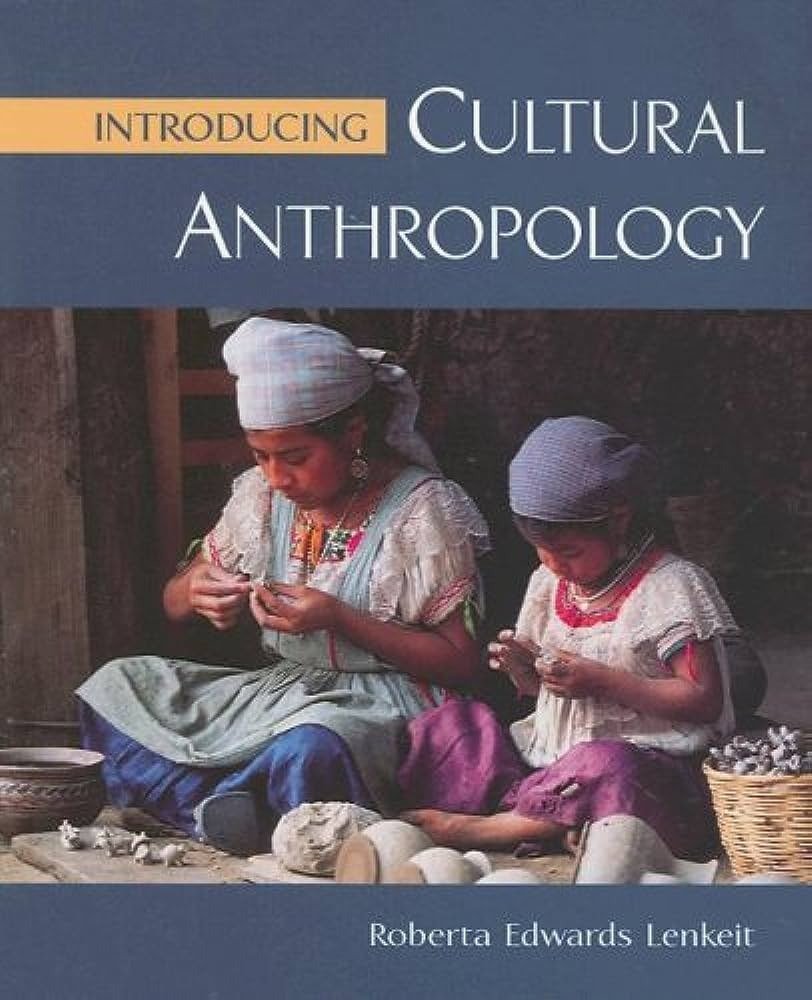In this blog, we will explore the CUET Anthropology Syllabus for 2024 exam. If you’re a 2024 CUET Aspirant and wondering what you’ll be studying for your Anthropology domain subject, you’ve come to the right place. We’ll break down the topics in a simple, easy-to-understand, and in best-detailed way, so you can get a clear idea about what’s in store for your Anthropology learning journey for cuet entrance exam. This article aims to provide a detailed outline of the CUET Anthropology Syllabus for the 2024 Exam, along with engaging content and the CUET previous year’s Anthropology question paper to help you excel in the exam. Let’s dive in!
Call Now For FREE Classes: 93100-87900
NTA CUET Anthropology Exam Pattern For 2024 Exam
The CUET Examination will be conducted in a computer-based test (CBT) mode. The question paper will be strictly based on the NCERT syllabus for class 12 Anthropology.
| Subjects | No. of questions to be attempted | Duration of the exam |
| Language (any one language out of 13 languages ) | 40 out of 50 questions. | 45 minutes for each language |
| Domain Subjects (maximum of 6 subjects from those 27 subjects) | 40 out of 50 questions. | 45 minutes for each subject |
| General Test | 60 Questions to be attempted out of 75 | 60 Minutes (1 hour) |
NTA CUET Anthropology Marking Scheme 2024
NTA has confirmed the exam pattern & the CUET marking scheme for the upcoming CUET exam in 2024. As per the official CUET notification, 5 marks will be awarded for every correct attempt, and 1 mark will be deducted for every incorrect attempt.
| Total Marks | 200 |
| Correct Answer | +5 |
| Wrong Answer | -1 |
| Unanswered | 0 |
Call Now For FREE Classes: 93100-87900
CUET Anthropology Syllabus For 2024 Exam (Detailed Syllabus)
A clear understanding of the syllabus is essential for success. Here, we break down the CUET Anthropology Syllabus 2024 exam in detail and provide you with a link to download the PDF version.
Anthropology: CUET Anthropology Syllabus 2024
Unit-1: Agrometeorology, Genetics and Plant Breeding, Biochemistry and Microbiology
- Anthropology: Elements of Weather-rainfall, temperature, humidity, wind velocity, Sunshine weather forecasting, climate change in relation to crop production.
- Genetics & Plant Breeding:
(a) Cell and its structure, cell division-mitosis and meiosis and their significance
(b) Organisation of the genetic materials in chromosomes, DNA and RNA
(c) Mendel’s laws of inheritance. Reasons for the success of Mendel in his experiments, Absence of linkage in Mendel’s experiments.
(d) Quantitative inheritance, continuous and discontinuous variation in plants.
(e) Monogenic and polygenic inheritance.
(f) Role of Genetics in Plant breeding, self and cross-pollinated crops, methods of breeding in field crops-introduction, selection, hybridization, mutation and polyploidy, tissue and cell culture.
(g) Plant Biotechnology definition and scope in crop production. - Biochemistry: pH and buffers, Classification and nomenclature of carbohydrates; proteins; lipids; vitamins, and enzymes.
- Microbiology: Microbial cell structure, Micro-organisms- Algae, Bacteria, Fungi, Actinomycetes, Protozoa, and Viruses. Role of micro-organisms in respiration, fermentation and organic matter decomposition
Unit-2 : Livestock Production
- Scope and importance:
(a) Importance of livestock in agriculture and industry, White revolution in India.
(b)Important breeds Indian and exotic, distribution of cows, buffaloes and poultry in India. - Care and management:
(a) Systems of cattle and poultry housing (b) Principles of feeding, feeding practices. Balanced ration definition and ingredients.
(d) Management of calves, bullocks, pregnant and milch animals as well as chicks crockrels and layers, and poultry.
(e) Signs of sick animals, symptoms of common diseases in cattle and poultry, Rinderpest, black quarter, foot and mouth, mastitis and haemorrhagic septicaemia coccidiosis, Fowl pox and Ranikhet disease, their prevention, and control. - Artificial Insemination: Reproductive organs, collection, dilution and preservation of semen and artificial insemination, the role of artificial insemination in cattle improvement.
Livestock Products: Processing and marketing of milk and Milk products.
Unit-3 : Crop Production
- Introduction:
(a) Targets and achievements in foodgrain production in India since independence and its future projections, sustainable crop production, commercialization of agriculture, and its scope in India.
(b) Classification of field crops based on their utility-cereals, pulses, oils seeds, fibre, sugar and forage crops. - Soil, Soil fertility, Fertilizers and Manures:
(a) Soil, soil pH, Soil texture, soil structure, soil organisms, soil tilth, soil fertility and soil health.
(b) Essential plant nutrients, their functions and deficiency symptoms.
(c) Soil types of India and their characteristics.
(d) Organic manure, common fertilizers including straight, complex, fertilizer mixtures and biofertilizers; integrated nutrient management system. - Irrigation and Drainage:
(a) Sources of irrigation (rain, canals, tanks, rivers, wells, tubewells).
(b) Scheduling of irrigation based on critical stages of growth, time interval, soil moisture content and weather parameters.
(c) Water requirement of crops.
(d) Methods of irrigation and drainage.
(e) Watershed management - Weed Control: Principles of weed control, methods of weed control (cultural, mechanical, chemical, biological and Integrated weed management).
- Crops: Seedbed preparation, seed treatment, time and method of sowing/planting, seed rate; dose, method and time of fertilizer application, irrigation, interculture and weed control; common pests and diseases, caused by bacteria, fungi viruses and nematode and their control, integrated pest management, harvesting, threshing, post-harvest technology: storage, processing and marketing of major field crops-Rice, wheat, maize, sorghum, pearl millet, groundnut, mustard, pigeon-pea, gram, sugarcane, cotton and berseem.
Unit-4: Horticulture
(a) Importance of fruits and vegetables in the human diet, Crop diversification & Processing Industry.
(b) Orchard- location and layout, ornamental gardening and kitchen garden. (c) Planting system, training, pruning, intercropping, protection from frost and sunburn.
(d) Trees, shrubs, climbers, annuals, perennials-definition and examples. Propagation by seed, cutting, budding, layering and grafting.
(e) Cultivation practices, processing and marketing of:
(i) Fruits – mango, papaya, banana, guava, citrus, grapes.
(ii) Vegetables – Radish, carrot, potato, onion, cauliflower, brinjal, tomato, spinach and cabbage.
(iii) Flowers – Gladiolus, canna, chrysanthemums, roses and marigold.
(f) Principles and methods of fruit and vegetable preservation.
(g) Preparation of jellies, jams, ketchup, chips and their packing.
Call Now For FREE Classes: 93100-87900
NCERT Anthropology Textbook Class 12th for 2024 CUET Exam


NTA CUET Anthropology Syllabus 2024 PDF Download
The NTA (National Testing Agency) conducts the CUET (Common University Entrance Test) to assess students’ abilities for various university admissions. By providing the anthropology syllabus in a downloadable PDF format, we aim to make it convenient and time-saving for aspiring students like you to access and prepare for the CUET Exam 2024 thoroughly.
Download PDF:- NTA CUET Anthropology Syllabus 2024
FAQ: CUET Anthropology Syllabus For 2024 Exam
Are there any conditions for the anthropology program at CUET?
Yes, prospective anthropology students must meet the specified academic requirements for admission to the CUET program.
Is anthropology a challenging subject for beginners?
While anthropology can be challenging, the CUET anthropology Syllabus 2024 is structured to provide gradual learning and support, making it accessible for beginners.
Does CUET offer scholarships for anthropology students?
CUET provides various scholarships and financial aid opportunities. Eligible students can apply for these scholarships based on specific criteria.
How often does CUET update its anthropology syllabus?
CUET typically revises its anthropology syllabus every few years to keep up with industry trends and advancements
How important is it to practice time management during the exam?
Time management is crucial as the test duration is limited. Practice solving CUET’s previous year’s question papers within the specified time frame to improve your speed and accuracy.
Call Now For FREE Classes: 93100-87900

